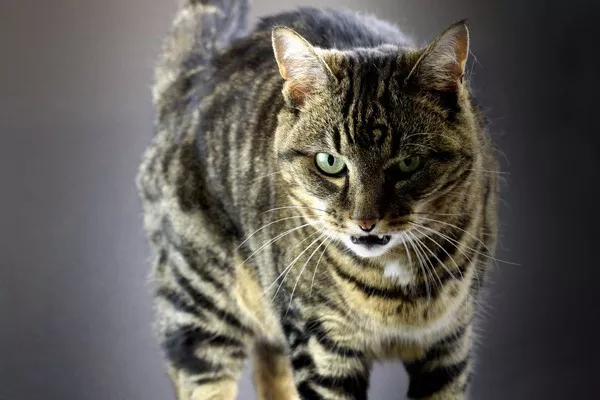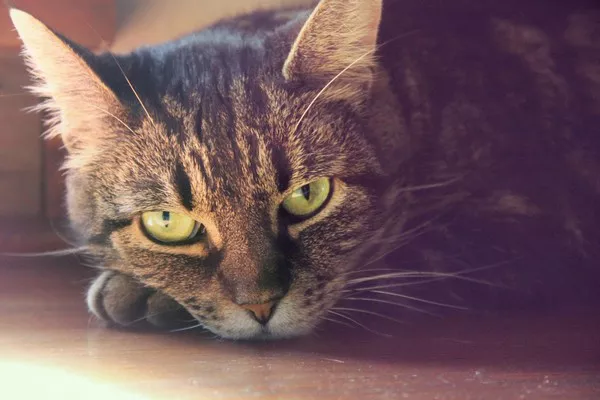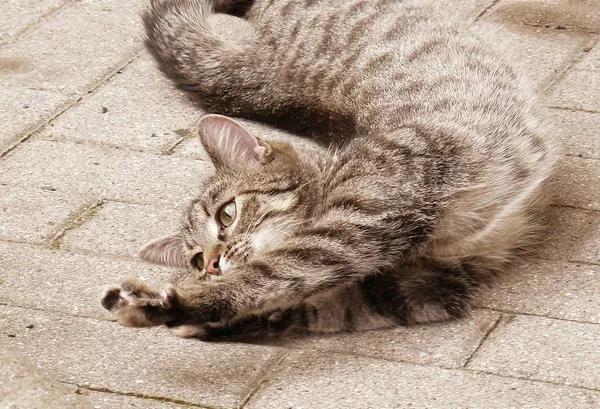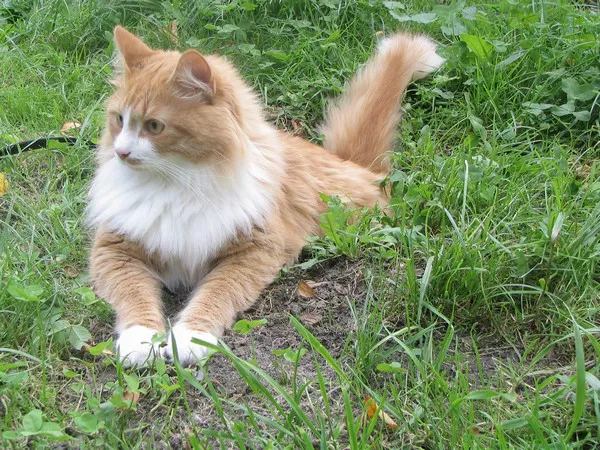As feline companions gracefully weave their way into our hearts and homes, their age often becomes a curious mystery for cat owners and enthusiasts alike. Unlike humans, cats do not come with birth certificates, making it challenging to pinpoint their exact age, especially if the feline friend is a rescue or a newly adopted stray. This article aims to unravel the secrets of a cat’s age, exploring a variety of clues, physical indicators, and behavioral traits that can help cat owners estimate the age of their beloved pets. By delving into the intricacies of feline aging, cat enthusiasts can gain valuable insights into their furry friends’ life stages, enabling them to provide tailored care and attention.
Understanding Feline Aging Stages
Before delving into the methods of estimating a cat’s age, it’s essential to understand the general aging stages that felines go through. A cat’s lifespan is typically divided into the following stages:
Kittenhood (0-6 months):
The kitten stage is marked by rapid growth, playful behavior, and the development of essential motor skills. Kittens are weaned from their mother’s milk and transition to solid food during this period.
Junior (7 months – 2 years):
The junior stage encompasses the adolescent phase, where cats continue to grow and develop. Playfulness remains a prominent trait, and sexual maturity is often reached during this stage.
Prime (3-6 years):
The prime stage represents the peak of a cat’s physical condition and vitality. Adult cats are generally at their healthiest, and their behavior is characterized by a balanced mix of playfulness and relaxation.
Mature (7-10 years):
As cats enter the mature stage, signs of aging become more apparent. Physical changes may include a decrease in muscle mass, changes in coat texture, and, in some cases, the onset of age-related conditions.
Senior (11-14 years):
Senior cats experience a further slowdown in metabolism, and certain health issues become more prevalent. Regular veterinary check-ups are crucial during this stage to address age-related concerns.
Geriatric (15 years and older):
Cats classified as geriatric require specialized care to address the challenges associated with advanced age. Health monitoring, nutritional adjustments, and increased veterinary attention are vital for their well-being.
Now, let’s explore various methods and indicators that can assist in estimating a cat’s age at different life stages.
Physical Indicators of a Cat’s Age
Dental Health:
Examining a cat’s dental condition is a reliable method for estimating age. Kittens typically have sharp, white teeth, while older cats may show signs of wear, yellowing, or dental issues. The number of teeth can also provide insights into age, as kittens have fewer teeth than adult cats.
Coat Condition:
The quality and condition of a cat’s coat can offer valuable clues about its age. Kittens often have soft, fluffy fur, while older cats may exhibit changes in coat texture, including dryness, thinning, or a graying appearance.
Muscle Tone and Body Composition:
Younger cats generally have well-defined muscle tone, especially during their prime stage. As cats age, there may be a gradual loss of muscle mass, and the body may become less lean. Senior and geriatric cats may show signs of muscle atrophy.
Eye Clarity and Brightness:
Clear and bright eyes are common in younger cats. However, older cats may develop cloudiness or opacity in their eyes, which can be indicative of age-related conditions such as cataracts.
Ear Health:
Kittens typically have pristine, pink ears. As cats age, the ear tissue may become thinner, and signs of wear or damage may become apparent. Paying attention to the condition of the ears can offer insights into a cat’s age.
Joint Flexibility:
Assessing a cat’s joint flexibility can provide information about its age. Younger cats tend to be more agile with greater joint flexibility, while older cats may exhibit stiffness or reduced mobility, especially in their senior years.
Behavioral Cues at Different Life Stages
Playfulness:
The level of playfulness can be a key indicator of a cat’s age. Kittens and junior cats are typically highly energetic and playful, while older cats may show a more balanced approach to play or a decrease in overall activity.
Exploratory Behavior:
Younger cats are often more curious and exploratory, exhibiting a keen interest in their surroundings. As cats age, especially in their senior years, they may become less adventurous and prefer familiar environments.
Sleep Patterns:
The amount of sleep a cat requires can vary with age. Kittens and junior cats tend to have shorter sleep cycles, while older cats, especially seniors, may spend more time resting or napping.
Social Interaction:
Social behavior can change with age. Kittens are usually more social and may engage in active play with other pets or humans. Older cats may become more selective in their social interactions, showing preferences for specific companions or opting for solitary activities.
Grooming Habits:
A cat’s grooming habits can provide insights into its age. Younger cats are often meticulous groomers, while older cats may exhibit changes in grooming behavior, potentially due to arthritis or dental issues that make self-grooming challenging.
Vocalization:
The frequency and type of vocalization can vary with age. Kittens may be more vocal during play, while older cats, especially those in their mature and senior years, may vocalize less or exhibit changes in the tone of their meows.
Estimating Age in Different Scenarios
Rescue or Stray Cats:
Estimating the age of a rescued or stray cat can be challenging but is essential for providing appropriate care. Working with a veterinarian to assess dental health, overall condition, and behavior can help determine an approximate age range.
Adopted Cats with Unknown History:
When adopting a cat with an unknown history, observing physical characteristics and behavior becomes crucial. A veterinarian can perform a thorough examination and offer insights into the cat’s age and potential health considerations.
Kittens from a Litter:
Identifying the age of kittens from a litter involves assessing developmental milestones such as eye opening, ear erectness, and coordination. The presence or absence of baby teeth and the kittens’ ability to eat solid food are additional indicators.
Senior Cats in Shelters:
Senior cats in shelters may require extra attention and care. Determining their age involves evaluating physical signs such as muscle mass, dental condition, and joint flexibility. A veterinarian can provide a more accurate estimate.
See Also: The Right Age for Breeding Your Cat
Conclusion
Estimating a cat’s age is a valuable skill that enhances the ability to provide tailored care at each life stage. By combining observations of physical indicators, behavioral cues, and knowledge of general feline aging stages, cat owners can gain a deeper understanding of their feline companions.
While certain factors may provide approximate age ranges, it’s essential to remember that individual variations exist, and consulting with a veterinarian is the most accurate way to determine a cat’s age. Regular veterinary check-ups, regardless of a cat’s age, contribute to overall health and well-being, ensuring that our feline friends lead happy, comfortable lives throughout their diverse life stages. As we unravel the mysteries of feline aging, we embark on a journey of companionship, love, and the shared experiences that define the unique bond between cats and their devoted human caretakers.



























